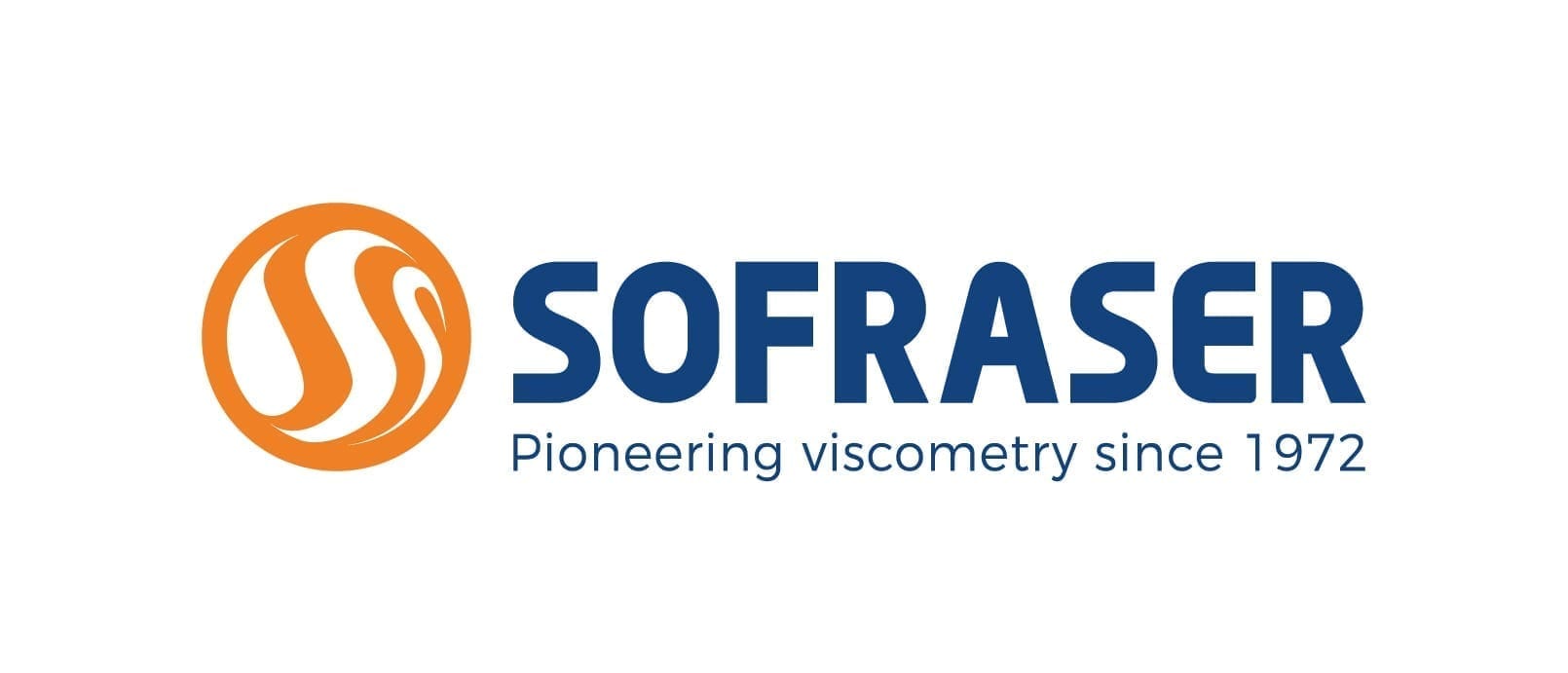Viscosity monitoring and control in the copper wire coating process

The global market for insulating coatings has been booming in recent years. Beside of energy that is the main sector concerned, the electrical, electronics and automotive industries are also key players.
Strict government regulations are being imposed on the market, particularly in North America and Europe. This is forcing coatings manufacturers to go green and adopt sustainable development as part of their program. They are investing in research and development to develop new, innovative products that can be offered at low cost, while complying with regulatory guidelines.
Copper and aluminum wires for electric motors, generators and a wide range of other applications are dip-coated with a very fine, electrically insulating enamel.
The wire coating process is essential for the following main reasons:
- Provides electrical insulation
- Protects windings against moisture absorption and heat
- Improves resistance against shock, vibration and mechanical stress
The most common polymer coatings are formal polyvinyl, polyurethane (PUR) and polyester, which behave differently in terms of adhesion, flexibility, thermal shock and softness.
Coated wires are manufactured by applying a coating of enamel in several layers to a copper conductor filament. The conductor is passed through a bath of liquid enamel or a solution of enamel in a solvent, then heated in an oven to drive off the solvent and harden the enamel.
Why is viscosity monitoring and control essential in the copper plating process?
The general and important factors that make viscosity management important in the copper wire coating process are as follows:
- Correct properties: Poor coating quality can affect the properties of magnet wires, notably their dielectric strength, flexibility and mechanical properties. Viscosity control helps to warrant constant thickness and uniformity of the coating.
- Coating quality: Wires must comply with the specifications and regulatory requirements of the finished product, to ensure conformity.
- Reduce coating errors: Viscosity control can help reduce the frequency of roughening, blistering, bridging and surface erosion errors.
- Better yield: Ensuring consistency throughout the coating process significantly reduces rejection rates, while cutting costs and time.
- Cost management: Poor viscosity management increases the use of coating polymer and solvent, which in turn affects companies’ material purchasing costs.
- Waste: Materials rejected due to poor quality can be reduced through good viscosity management.
- Efficiency: Eliminating manual viscosity control frees up engineers’ time to concentrate on other tasks.
- Eco-friendly: Reducing coating polymer and solvent use is good for the environment.
Challenge
Conventional methods of controlling enamel coating viscosity such as flow cups have proved inadequate even in applications where significant variation in enamel viscosity is permitted, and where wire coatings may vary outside the predetermined specification range.
The coating fluid collected during sampling is timed using the dosing cup, the time taken for the liquid to pass through the funnel being taken as an indicator of viscosity. The procedure is tedious and time-consuming, especially if the coating has to be filtered beforehand.
It’s pretty imprecise, inconsistent and unrepeatable even with an experienced operator.
Measurement with the cup is not a real-time or continuous measurement. It cannot detect rapid variations in viscosity.
In order to achieve a high-quality, uniform coating, viscosity change is the key factor to be monitored with continuous and real-time measurement revelations.
Sofraser’s viscometers solutions
MIVI viscosity sensor has been designed and is used to measure the viscosity of all types of liquids and viscous fluids 24/7, providing continuous and instantaneous information. It’s the instrument that ensures everything runs smoothly during the manufacturing and preparation process. What’s more, batch recording ensures perfect traceability.
MIVI viscosity sensor can be matched with one of Sofraser’s electronics that offers a wide range of features from basic on Din rail transmitter to HMI processor with PID control loop.
MIVI process viscometer saves samples and laboratory measurements that are costly and have a long response time that increases the global batch duration. This reduces batching time, resulting in more production. It also helps to determine unexpected events during the whole batch process, enabling you to have complete traceability of the production
Designed to determine viscosity at high shear rate, MIVI comes in different configurations. Ranging from the “Basic” version to the “Sanitary” version including the “Hygienic” version with its design certified by EHEDG.
This viscometer guarantees the irreproachable quality of your final product while respecting the cleanability requirements and thus meeting the latest European standards.
Sofraser’s 50 years of expertise and great track record of decade-lasting sensors allows our clients from all around the world to closely monitor and improve their processes without worry.


